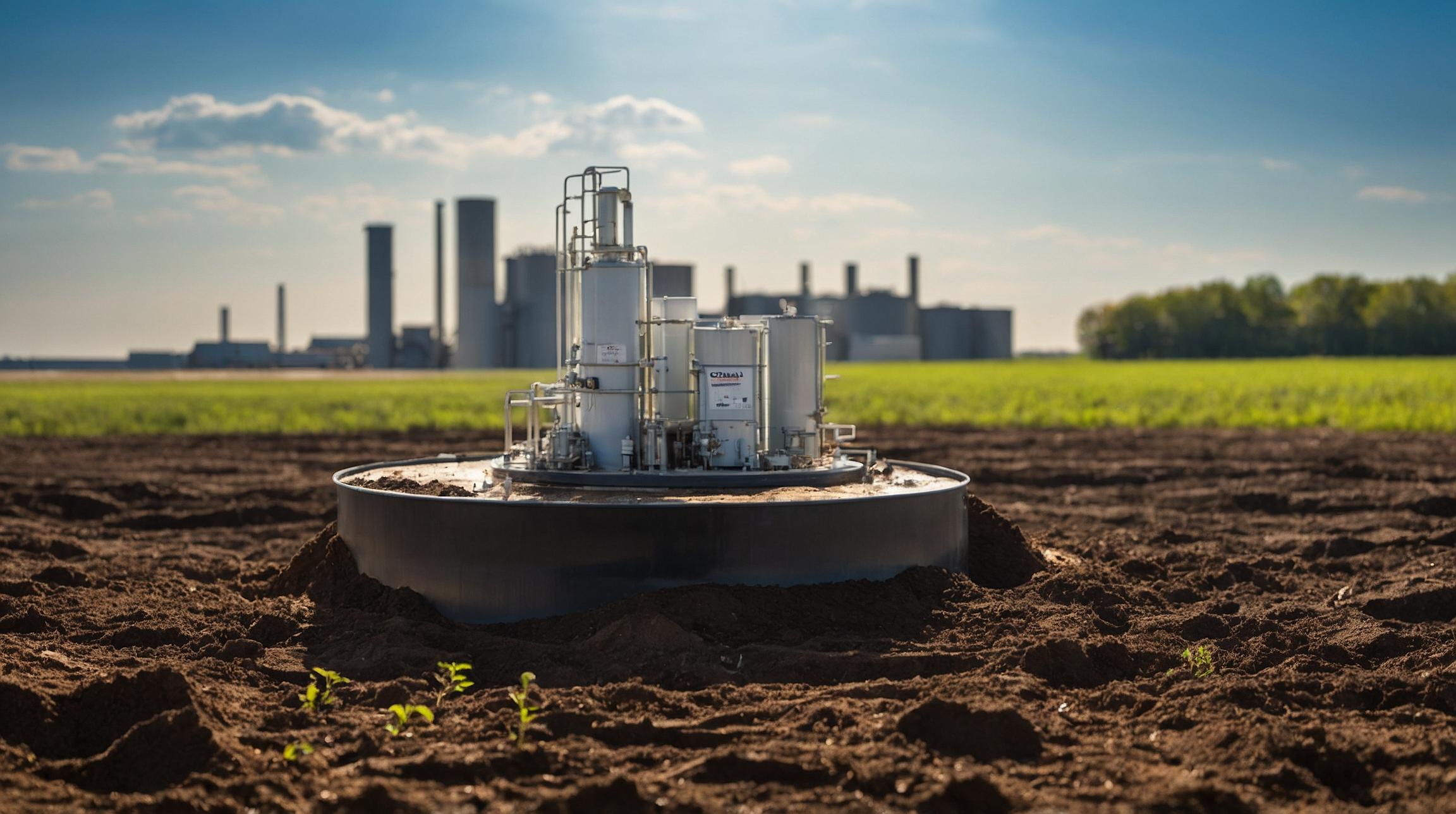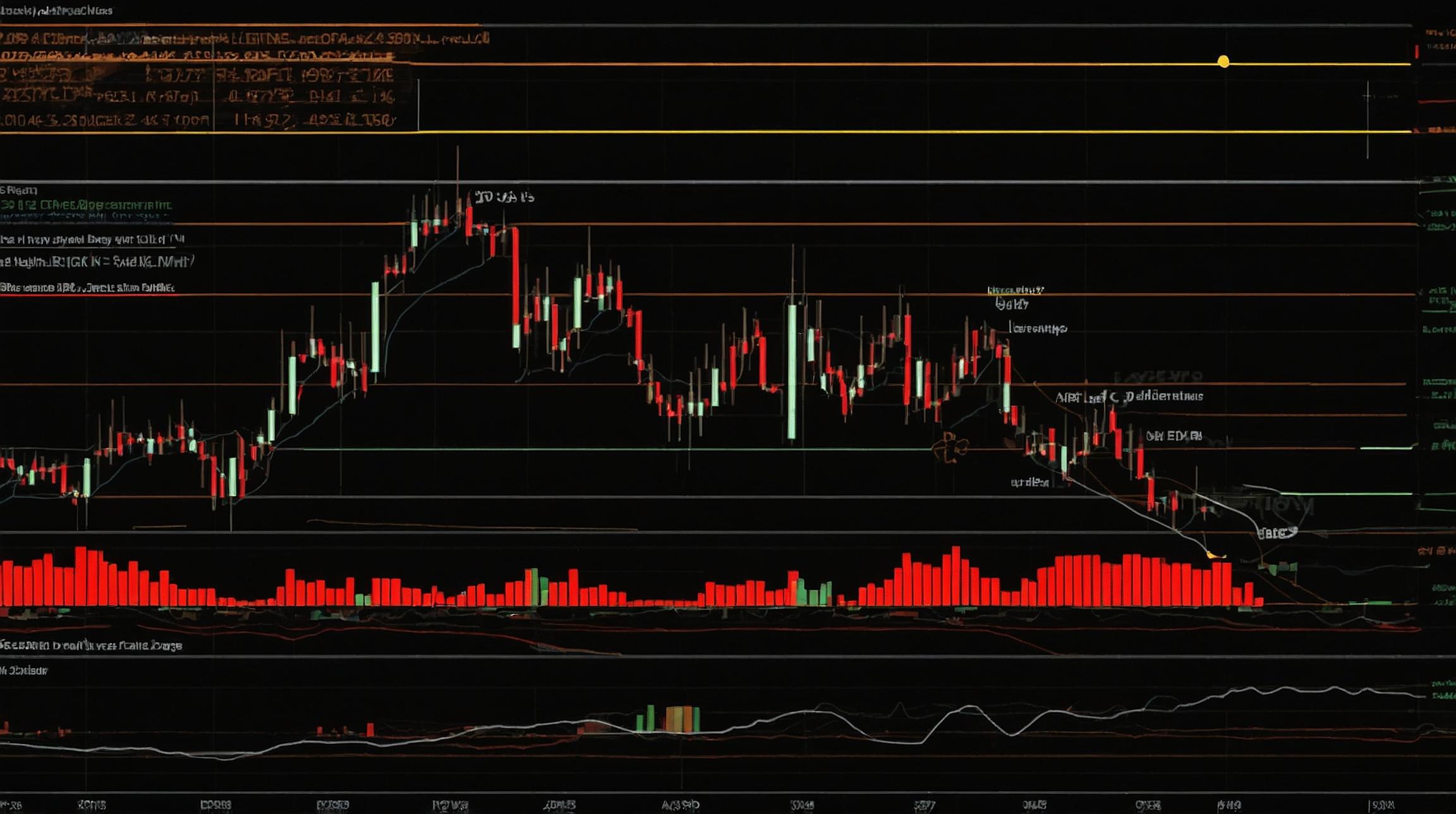Understanding the ADM Carbon Leak Incident
Archer-Daniels-Midland (ADM), a major player in the agribusiness sector, recently found itself in hot water, literally and figuratively, after the U.S. Environmental Protection Agency (EPA) identified violations of federal safe drinking water laws at its Illinois Carbon Capture and Sequestration (CCS) Project. The project, designed to showcase the safe underground storage of carbon dioxide, encountered a setback when a leak was detected.
Why Is Carbon Capture and Sequestration Important?
CCS is a process where carbon dioxide emissions from industrial activities are captured and stored underground to prevent them from entering the atmosphere, thus reducing greenhouse gases. It's a critical technology in combating climate change and has garnered increased interest, especially since the Biden administration's Inflation Reduction Act increased tax credits for such projects from $50 to $85 per tonne.
What Happened at the Illinois CCS Facility?
During a July inspection, the EPA found that carbon dioxide injected at the site had seeped into unauthorized zones. This means that instead of staying confined within designated rock layers, the CO2 was moving into other areas, which could potentially lead to the contamination of soil and groundwater.
How Serious Is the Situation?
While ADM assured that there was no impact on surface or groundwater sources, the situation raised alarms as leaks from fractures could pose risks to the surrounding environment. The company has since addressed the issue by plugging a corroded monitoring well and reporting the issue to the EPA.
Industry and Community Response
The Carbon Capture Coalition noted that the incident demonstrated the effectiveness of monitoring systems in identifying problems early. However, organizations like Food & Water Watch emphasized that such incidents amplify community concerns about the safety of underground CO2 storage, calling for more stringent safety measures.
What Does This Mean for Future CCS Projects?
As interest in CCS grows, incidents like this highlight the importance of robust monitoring and contingency plans to ensure environmental safety. Additionally, with expanded tax incentives, companies are likely to invest more in improving technology and safety protocols.
Terminology Explained: Carbon Capture and Sequestration (CCS)
Imagine a sponge that absorbs water to prevent it from spilling. Similarly, CCS involves capturing carbon dioxide emissions and storing them underground like a sponge absorbs spills, keeping them away from the atmosphere where they could contribute to global warming.













